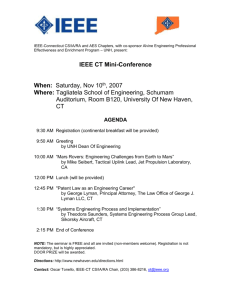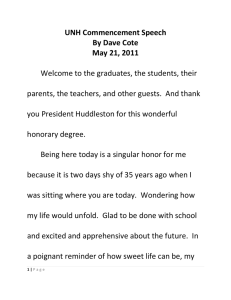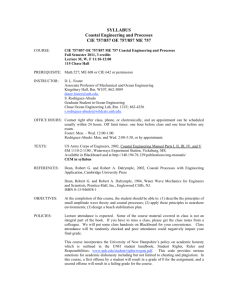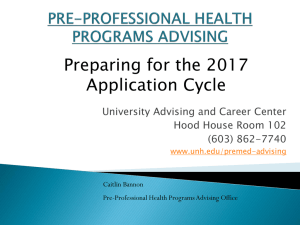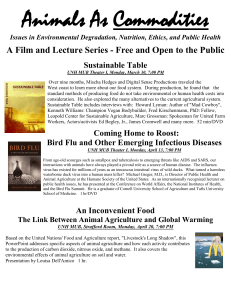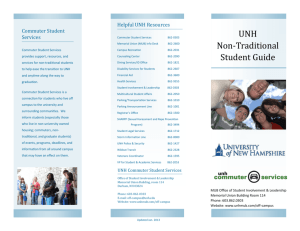Planning and Writing a Research Paper
advertisement
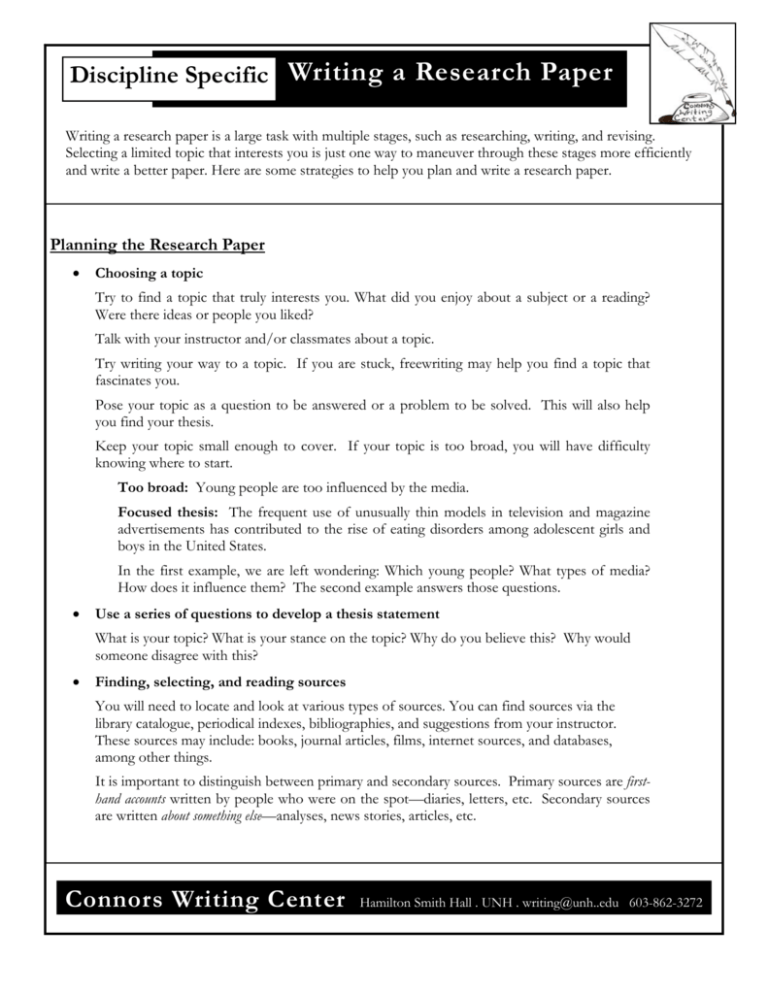
Discipline Specific Writing a Research Paper Writing a research paper is a large task with multiple stages, such as researching, writing, and revising. Selecting a limited topic that interests you is just one way to maneuver through these stages more efficiently and write a better paper. Here are some strategies to help you plan and write a research paper. Planning the Research Paper • Choosing a topic Try to find a topic that truly interests you. What did you enjoy about a subject or a reading? Were there ideas or people you liked? Talk with your instructor and/or classmates about a topic. Try writing your way to a topic. If you are stuck, freewriting may help you find a topic that fascinates you. Pose your topic as a question to be answered or a problem to be solved. This will also help you find your thesis. Keep your topic small enough to cover. If your topic is too broad, you will have difficulty knowing where to start. Too broad: Young people are too influenced by the media. Focused thesis: The frequent use of unusually thin models in television and magazine advertisements has contributed to the rise of eating disorders among adolescent girls and boys in the United States. In the first example, we are left wondering: Which young people? What types of media? How does it influence them? The second example answers those questions. • Use a series of questions to develop a thesis statement What is your topic? What is your stance on the topic? Why do you believe this? Why would someone disagree with this? • Finding, selecting, and reading sources You will need to locate and look at various types of sources. You can find sources via the library catalogue, periodical indexes, bibliographies, and suggestions from your instructor. These sources may include: books, journal articles, films, internet sources, and databases, among other things. It is important to distinguish between primary and secondary sources. Primary sources are firsthand accounts written by people who were on the spot—diaries, letters, etc. Secondary sources are written about something else—analyses, news stories, articles, etc. Connors Writing Center 7Hamilton Smith Hall . UNH . writing@unh..edu 603-862-3272 Planning a Research Paper (continued) • Grouping and documenting information The following systems may help you keep organized: a system for noting sources on bibliography cards; a system for organizing material according to its importance; a system for taking notes—note cards, paper, computer, etc. It is crucial to note the sources from which you obtained your research. It will be necessary to note these sources (and page numbers) in the research paper. If you are using internet sources, be sure to note the date you visited the website. • Writing an outline The following questions may be helpful in organizing your paper: What is the topic? Why is it significant? What background information is relevant? What is my thesis or purpose statement? Rough outline: I. Introduction and thesis II. Point 1—evidence/source III. Point 2—evidence/source IV. Point 3—evidence/source V. Conclusion Example: I. Wade Whitehouse in Russell Banks’ novel Affliction is a tragic hero II. …Because he feels trapped III. …Because he moves too fast IV. …Because he can’t articulate his feelings/talk about his anger Provide examples (textual evidence) for each point and you’ll have a great start. Writing the Research Paper • Writing the introduction— consider your audience and tell them what you’re going to tell them You will need to do the following things in the introduction: Reveal your plan of organization. Present relevant background information. Define terms or concepts when necessary. Explain the focus of the paper and your specific purpose (thesis statement). Catch the reader’s attention. Connors Writing Center 7Hamilton Smith Hall . UNH . writing@unh..edu 603-862-3272 Writing the Research Paper (continued) • Writing the body—tell them Make your argument. Use your outline as a flexible guide. Build your essay around the points you want to make. Integrate your sources into your discussion. Summarize, analyze, explain, and evaluate published works, rather than just reporting. Move from generalization to specific detail back to generalization. In other words, start with broad, background information. Then move to specific details and case studies. Then reconnect to the background information. • Writing the conclusion—tell them what you told them If the argument or point of your paper is complex, you will need to summarize the argument for your reader. If you have not yet explained the significance of your findings, use the end of your paper to add your points up and explain their significance. Move from a detailed level of discussion to a general level. This returns the topic to the context provided in the introduction. Perhaps suggest further research that could accompany this topic. Avoid introducing new concepts/ideas in your conclusion. The reader will walk away feeling that the paper is incomplete. This handout was modified from: The University of Wisconsin-Madison Online Writing Center: http://www.wisc.edu/writing/ handbook/planresearchpaper.html#conclusion 2004, from A TA’s Guide to Teaching Writing in All Disciplines, ed. Beth Finch Hendengren, 2004 Bedford St. Martin’s, and The Writer’s Harbrace Handbook, 2nd edition, edited by Cheryl Glenn, Robert Keith Miller, Suzanne Strobeck Webb, and Loretta Gray, 2004. Connors Writing Center 7Hamilton Smith Hall . UNH . writing@unh..edu 603-862-3272

